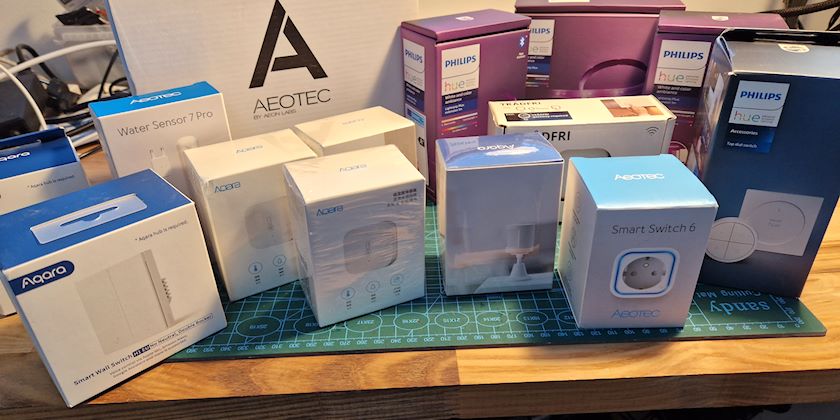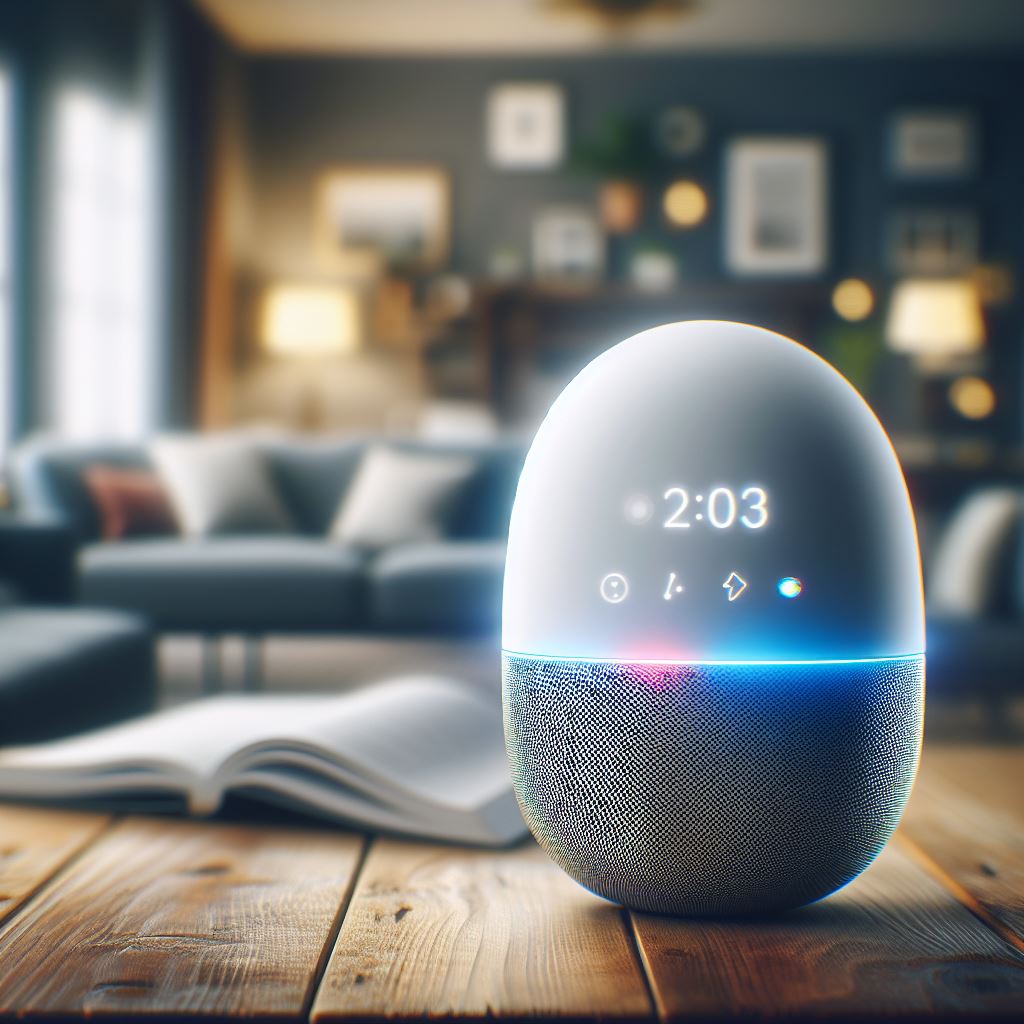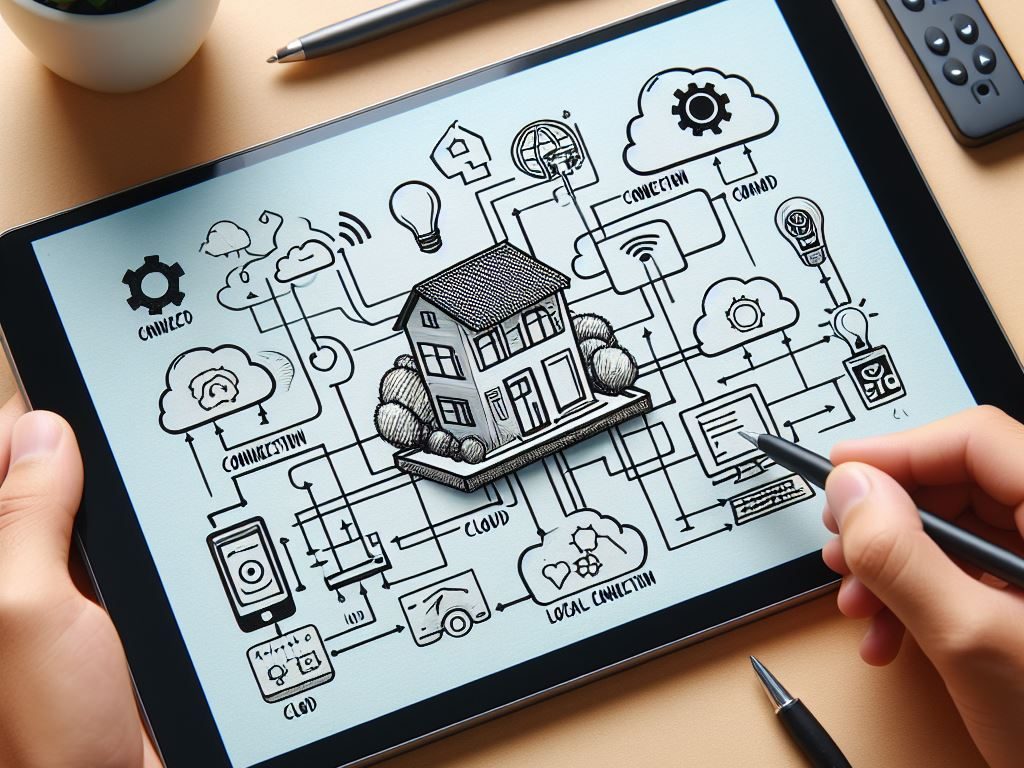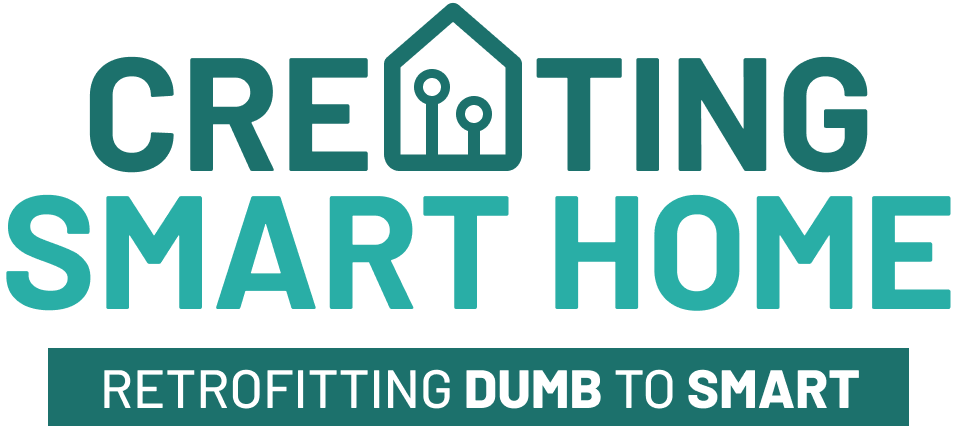
What to keep an eye on when shopping for a new smart device?
Most of us have made mistakes when shopping for a new device. Whether it’s a missing or bad features, bad quality or totally poor user experience. Even when they are reviewed excellent and everything sounds great on paper, still sometimes the biggest problems appear when trying to get it to work with your personal smart home environment. On this post I’m going to open up my checklist I check EVERY time when shopping for a new smart home device.
As a need to know background information, I’m using Home Assistant as my smart home ecosystem. So my experiences mostly consists of Home Assistant integrability.

Features
Everything starts with a device type and features of course. There’s no right choice in here, and everything is depending your personal needs. If it’s a robot vacuum, you might want it also to mop, or if you are looking for a smart plug, does it need to measure energy as well? How about media speakers, do it need to play Spotify directly or is bluetooth enough?
List down the features you need and look for reviews to see if they really work as good as the manufacturer intends. I’d say one review is (usually) not enough and look for other options as well. I usually try to find few reviews from multiple reviewers.
Quality
Again, reviewers are your friend with this. You can’t be certain about the quality of the device by just looking at the specifications. Marketeers will of course hype their products and tell you it’s the best quality product in market, it’s their job anyhow..
If you happen to have a trusted friend that has used the exact same product, ask him if he truly recommends it before buying.
Connectivity
A device is not a smart device unless it’s connected. For connectivity there are various possibilities: Bluetooth, ZigBee, Z-Wave, WiFi and so on.. the connectivity is really up to your current smart home configuration. But with the connectivity there’s a catch: some of the smart devices are so called vendor locked and works only within their closed ecosystem. Vendor locked devices are red flags for me! You probably want to integrate the newly purchased device a part of your current smart home, but on vendor locked systems, you really can’t (unless you are already locked in to the same ecosystem).
Usually the integrability and openness are NOT mentioned in the product sheet, but instead fellow smart home tinkers discuss these things on various internet forums. So first thing to start looking is your ecosystems discussion forums. Once again, Google is your friend in here.
For connectivity I usually don’t make any exceptions: if the device can’t be integrated on my smart home system (Home Assistant), I will leave it on the shelf. I have made few mistakes previously (like getting Harvia Sauna WiFi controller, so even though carefully searching, the results are always not so obvious.
..and that’s not even all. There’s a possibility that not all the features are supported and open, but some are. For example there’s Matter and Apple HomeKit smart plugs with energy metering out at the market and those protocols are both supported by the Home Assistant. However, current HomeKit and Matter 1.0 specifications do not support the energy measurement specifications. To get that data out, another vendor provided application is needed along side with the smart home hub. No-one like to have tens or hundred of different apps to control the devices.

Local vs. cloud
If all the previous boxes are matched: it has the features, it has the quality, it has the connectivity, then we are on already on a safe side. But still there’s one extremely important thing I do check: local vs. cloud.
Cloud
Cloud does translate that the device is connected to your smart home through the vast and wide internet. Meaning that the device at your home sends ‘all‘ the data to the vendor and then pass that data back to your smart home. Quite long data transfer just to see if your door is open!
With this in mind, consider a possibility that you’ve bought an expensive piece of tech and the company goes bankrupt or just decide to close the cloud service? In that case only thing you’ve got is either non-connected device, or even worse, a device that does not work at all.
Local
Local connection is fully in your own hands. Every communication between the device and the smart home stays within your own network, “never” passing the line between internet and your home. All non-wifi and non-ethernet device are considered as local. However, even though device is defined as local connection, it might be closed to just talk to it’s own hub and through that to the cloud.
Combined
Of course these cloud and local can both co-exist and that’s the best of both worlds then. You can end up using local, cloud or both. 🙂
API
Last and least: the API support. API support is something that most probably rings a bell for software developers, but can sound odd for standard consumers. API (Application Interface) is an interface where the connection can be made. If the device you are looking for does not have integration available for your smart home ecosystem, there’s a change that it might get there some day if it has an open API.
I once bought Adax Wifi heaters to my living room and unfortunately noticed too late that those do not have any integration to Home Assistant. But luckily there was an API, so in one day, some nice person somewhere in their world decided to develop an integration for Home Assistant by making a component to this Adax Heater API. So, from that day forward, I’ve had my regular heaters integrated as well.
So if any previous bullets are a miss, but there’s an API existing, all hope is not lost!
Conclusion
Sometimes it’s like a rocket science to find a device that passes all these boxes and actually is a good device. So I really suggest to check the manufacturer specifications, read reviews and google things up. You don’t want to end up buying expensive piece of tech that you though would work in your smart home!
And what comes to my priority list that I require for a device:
- Matches my needs by features
- Build quality that lasts for years
- Can be integrated into Home Assistant
- Does have a local connection (Yes, I’m willing to do an exceptions in here if I must)
Even though, sometimes you just can’t find your product with all these specs and you just have to compromise. Just be aware when you are doing compromises 🙂
